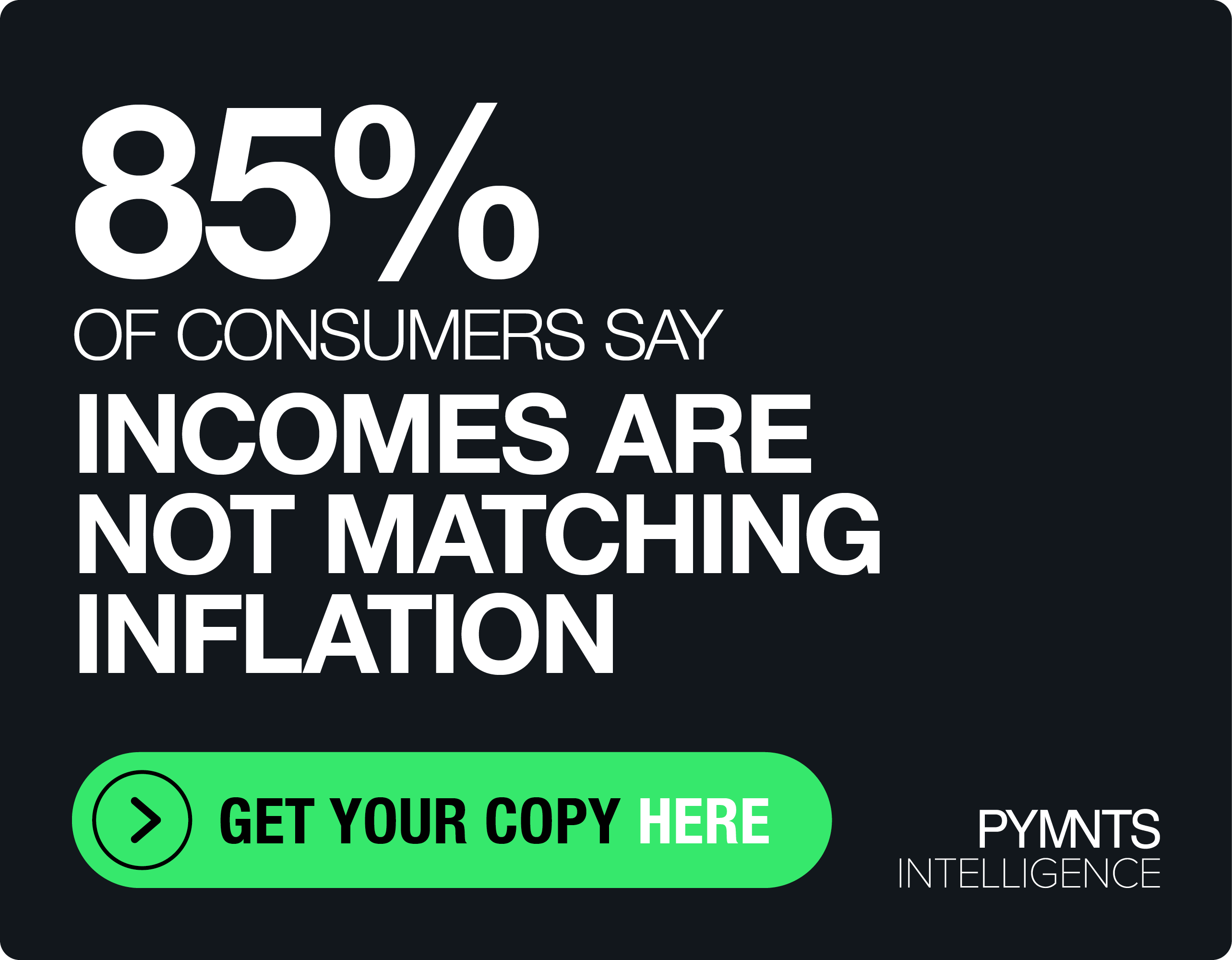Death, Taxes And Digitizing Insurance Payments

If death and taxes are sureties, insurance payments rank up there, as people insure homes and autos and apartments against any number of calamitous scenarios.
The paper chase is one that insurance carriers and policyholders would like to forget — the statements in the mail, the checks in the mail, the crisscross of missives that are inefficient at best and missed communications at worst.
The age of digital payments finds adherents from any number of analog-dominated verticals where payments come by way of dead trees. Readers of this space well know we are proponents of killing the check. Something is missing in the continuum that spans from claims to payout.
Our own research, as noted in the PYMNTS Disbursement Satisfaction Index, shows that more than 61 percent of insurance firms issue paper checks for disbursements. Only 23 percent of those surveyed are satisfied with the way insurance firms disburse payments — nearly at the bottom of the barrel.
As part of a continuing podcast series, Ingo Money CEO Drew Edwards, an advocate of push payments (of the kind that involves no paper chase), said in an interview with PYMNTS Karen Webster last year, “Think about insurance: All of us buy it, and none of us really want to actually need it. But when we do need it, it’s because a tree fell on our house or your child wrecked your car or you have some health emergency. The last thing you want to do is have to wait on your money. If you are a just-in-time consumer, you have to go through the process of filing a claim and then you’ll get mailed a check.”
In one example, One, Inc. offers a cloud-based platform that helps insurance carriers and MGAs (managing general agents, who act as intermediaries) embrace bits and bytes, with functionality across payment processing, policy administration and billing, among other activities.
In an interview with PYMNTS, Colin Zalewski, senior product marketing manager for One, Inc., said an industry shift to digital makes sense, as there is “a brutal combination for insurance carriers right now,” where brand loyalty is on the decline.
Policyholders, he said, have a choice of insurers. Those business’ retention has never been harder than it is today (we at PYMNTS would point you back to that Accenture study).
The opportunity for a strong bond lies with payments as a foundation, he said, the moment money changes hands between a policy holder and an insurance carrier. After all, these are among the most frequent interactions between the two parties, happen on a regular basis and offer the insurance carrier the chance to reduce friction for the consumer and to see positive results from their retention efforts.
This has traditionally been a batch process and paper-based, when it comes to property and casualty insurance.
“For most insurance carriers, they are requiring the policyholders to play on their terms,” said Zalewski. “You receive a lot of things in the mail; you are required to write a check. Things have come far enough [technologically] that carriers can offer a payment portal online, which is something that many of them do today.”
But even paying by portal can be onerous when “you have to log in and remember another password; you’ve got your payment information, and you must go through the process of making that payment each and every time,” said Zalewski. Beyond these somewhat limited technical forays, savvy insurance carriers can realize that the payments experience brought to the consumer “is an opportunity to delight them,” he said.
But that interaction must “meet the demand of the modern policyholder, which is a digital-first [mindset], and openly interact with the businesses and services that they pay for.” If the concept of delight is a goal, the bar may be set rather low, as the expectations are not all that high.
The opportunities are there for insurance carriers to help change the daily workflow in a day of the life of a policyholder. Consider the process flow of an upcoming payment. Rather than receive something in the mail (initiated by the carrier, of course), where the customer then pulls out a checkbook, Zalewski offered this scenario: “What if you can just get a text that says, ‘You have a payment coming up in a week. We have your credit card on file. If you’d like to pay with the card ending in 1234, just respond PAY and the payment will go through.’ You can do that without even breaking stride,” he told PYMNTS.
This outreach would be especially valuable when a payment is past due, and when insurance has lapsed, said Zalewski. Consider, then, the carrier that reaches out through Facebook Messenger and reminds you to renew the policy. It is now social media that cements the carrier/insured relationship.
Asked by PYMNTS as to whether adopters of this type of outreach might skew younger (on the conventional wisdom that they are relatively savvier users of tech), Zalewski said that, in truth, users of these conduits and methods of digital payments span the decades from the 20s through policyholders in their 40s and 50s.
For the carriers, it’s less a function of getting younger people on board, said Zalewski, than it is of “how do we communicate holistically as service providers today.” Thus, the appeal of other options offered by firms like One, Inc. — like paying over the phone using an IVR system that will securely capture credit card information. Other options include paying through Alexa, where basically both payment and communication can be conducted across separate channels.
Data analytics plays a role here, termed by Zalewski as “the often-forgotten side of [insurance] payments.”
The initial focus of digitizing payments may move to the customer experience side of the equation. But within the carrier itself, the IT team comes into play here, where the actual technology must be deployed to make the payments possible (always with an eye on PCI compliance, of course).
Another overlooked link in the chain may be the finance professionals who must grapple with fund flows that are coming across channels they’d never crossed before, such as the aforementioned social media channels.
“This creates some challenges on the reporting side, particularly as it relates to reconciliation. As you aggregate all these payments and match them up against their statements, if they don’t match, how do you fix the discrepancies?”
One, Inc., through platforms such as its ProcessOne, Zalewski told PYMNTS, helps the finance teams reconcile all that is happening across these methods with an eye on volume and frequency of payments across these channels, among other metrics.
“You can segment your audience based on the channels through which they prefer to pay,” he said, while fine-tuning efforts across those channels and audiences.
